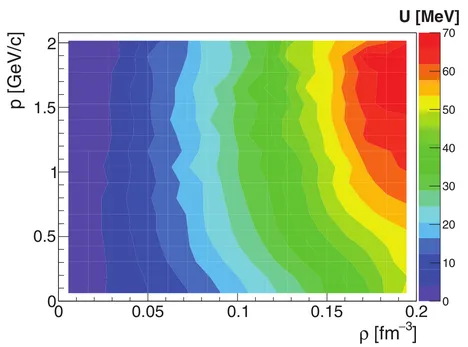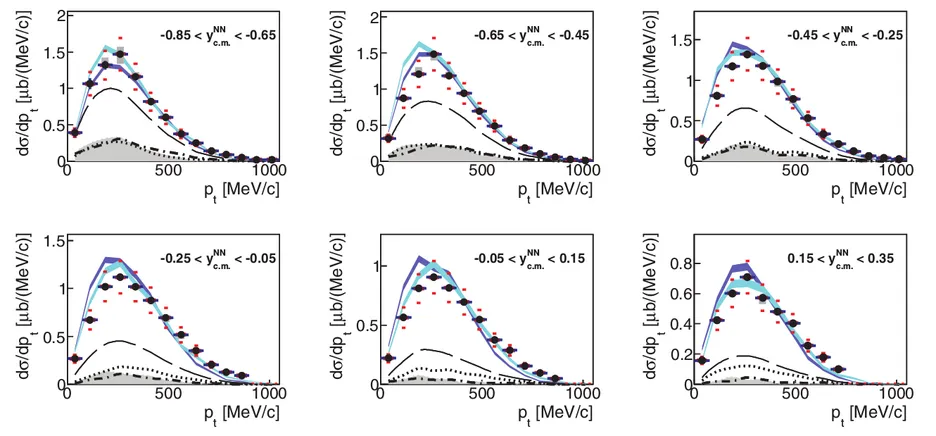Kaons in matter

Properties of hadrons immersed in a strongly interacting environment have been in the focus of theoretical approaches as well as experimental studies over the last decades to predict and test the in medium modification of the hadron spectral function. A large number of experiments searched for these modifications in heavy ions collisions where the normal nuclear density is considerably exceeded accepting a not well defined density profile. As these modifications should already be present at normal nuclear densities, we studied proton induced reactions at a kinetic beam energy of 3.5 GeV impinging on Nb and p targets with the HADES detector.
In 2007 the first experiment was performed with the reference system of p-p, where no nuclear environment is present. Overall, 10e9 events have been collected. In the following year the experimental campaign with protons impinging on a Nb target has been performed with a comparable statistic.
Here we studied the in-medium modification of the K0, which is reconstructed by means of the charged decay into two pions. By using chiral perturbation theory the in medium potential as a function of the kaon momentum can be calculated for different nuclear densities, which is illustrated in the figure on the side.
With help of the simulation package GiBUU, both environments, vacuum and normal nuclear matter, can be described. Through an interplay of experimental and simulated data, the description of the simulations has been improved and more important conclusions on the in medium potential have been drawn, as systematic study of different in medium potentials can be simulated and compared to the experimental kinematic obervables.
This is illustrated in the second figure below, where the black points represent the experimental data compared to the simulations with and without the potential in cyan and blue respectively. By applying this method we extracted a potential of 40+/-5 MeV, which is in good agreement to the predicted potential of around 35 MeV. For a detailed description of all steps please proceed to read our publication.
